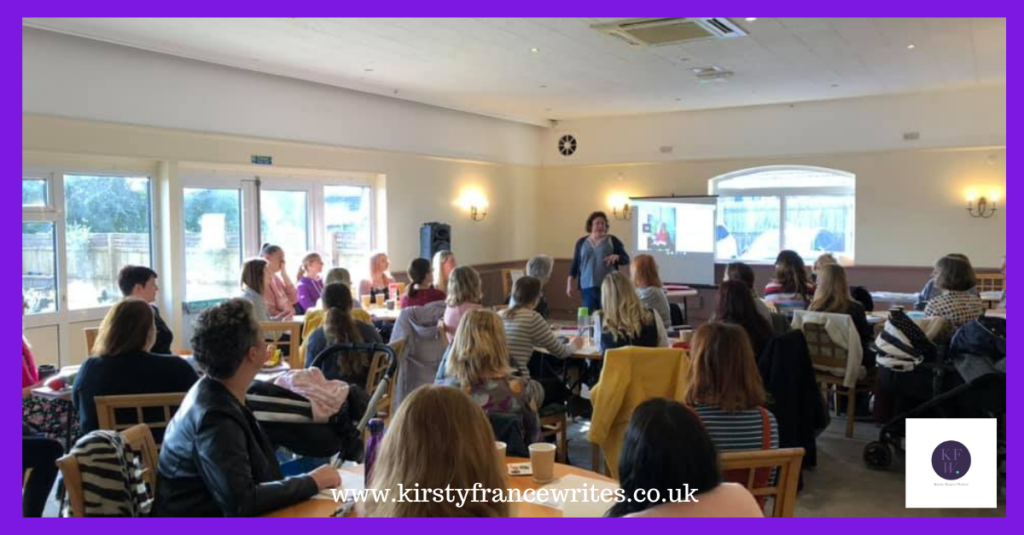
Good marketing should be memorable, but what if you remember it for all the wrong reasons? Thinking about how some adverts miss the mark can help you avoid making the same mistakes. So, what marketing makes you cringe and why?
Are you being shouted at?
Have you ever watched ‘Horrible Histories’? It’s classic kids’ TV because it also includes jokes for the grown-ups. The ‘shouty man’ character was the perfect parody of adverts that shout at you to make sales. Those types of adverts may have disappeared, but marketing can still make you cringe if you feel you’re being lectured rather than persuaded. You might have something important to say, but meeting your audience where they are is better than trying to shout them down.
Too many clichés
I posted on social media recently, asking people to share their least favourite marketing buzzwords with me. ‘Journey’ came up a lot. It’s not a bad word in itself; it’s just become a cliché because of the number of people using it on reality TV shows.
Avoiding cliché can be tricky. Sometimes, how you phrase something tells your audience what to expect and can be comforting. Each industry has its own words and language patterns, and it can be hard to know when something tips over the edge from familiar to overused. Following other businesses in your niche to see what reactions their content gets can help.
Outdated attitudes
Did you know that the Advertising Standards Agency now has regulations so they can ban harmful gender stereotypes in advertising? We’ve definitely come a long way. A few decades ago, print adverts saw women as either decorative or only good for doing the housework (and suggested that domestic violence was acceptable if she made a mistake). You’d only ever see straight couples and white faces.
Modern adverts are more diverse, but some stereotypes remain. A GAP clothing advert was heavily criticised for suggesting boys are ‘scholars’ while girls are ‘social butterflies’. When you write new content, think about your assumptions about your audience and whether they’re accurate.
Ask whether it’s meant for you
If someone’s marketing makes you cringe, consider whether you’re the intended audience. My kids aren’t teenagers yet, but I still hear the odd word that makes me wonder whether we still speak the same language.
On the other hand, what if you’re a business’s ideal customer, and they’re still driving you away? Are they making uneducated guesses about your life or what you need? To avoid it, try using social media or networking events to ask questions and learn more about what your future customers care about.
Is it inconsistent?
Consistent marketing helps your customers get to know, like and trust you. That doesn’t mean you have to fall into a cosy rut, but it helps if you keep your tone of voice, values and branding consistent so people recognise you.
If a brand you know and love suddenly pops up with something wildly out of character, you might lose trust in them because you suspect they’re going off in a new direction that isn’t for you. That may be a problem if it’s a business you’ve only discovered recently, as inconsistency can prevent you from getting to know them.
If you want to avoid writing content that makes your customers cringe, I can help. I’ll write blogs, posts, emails and whatever else you need to engage your audience. If you’d like a chat to find out how it works, you can book a call here.

